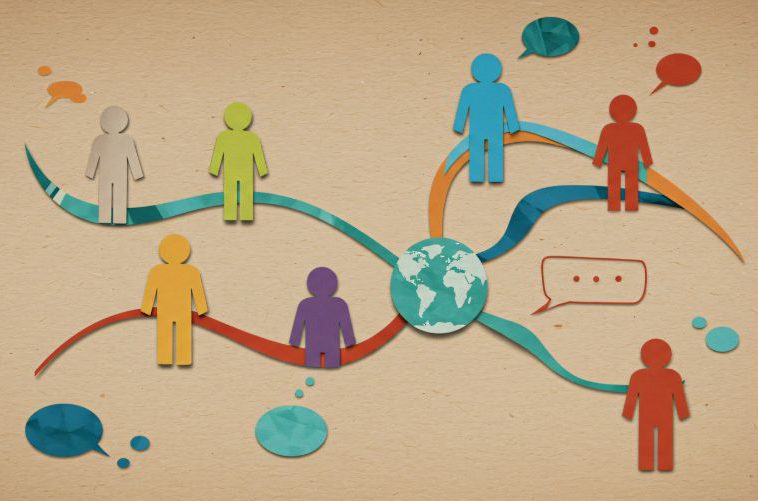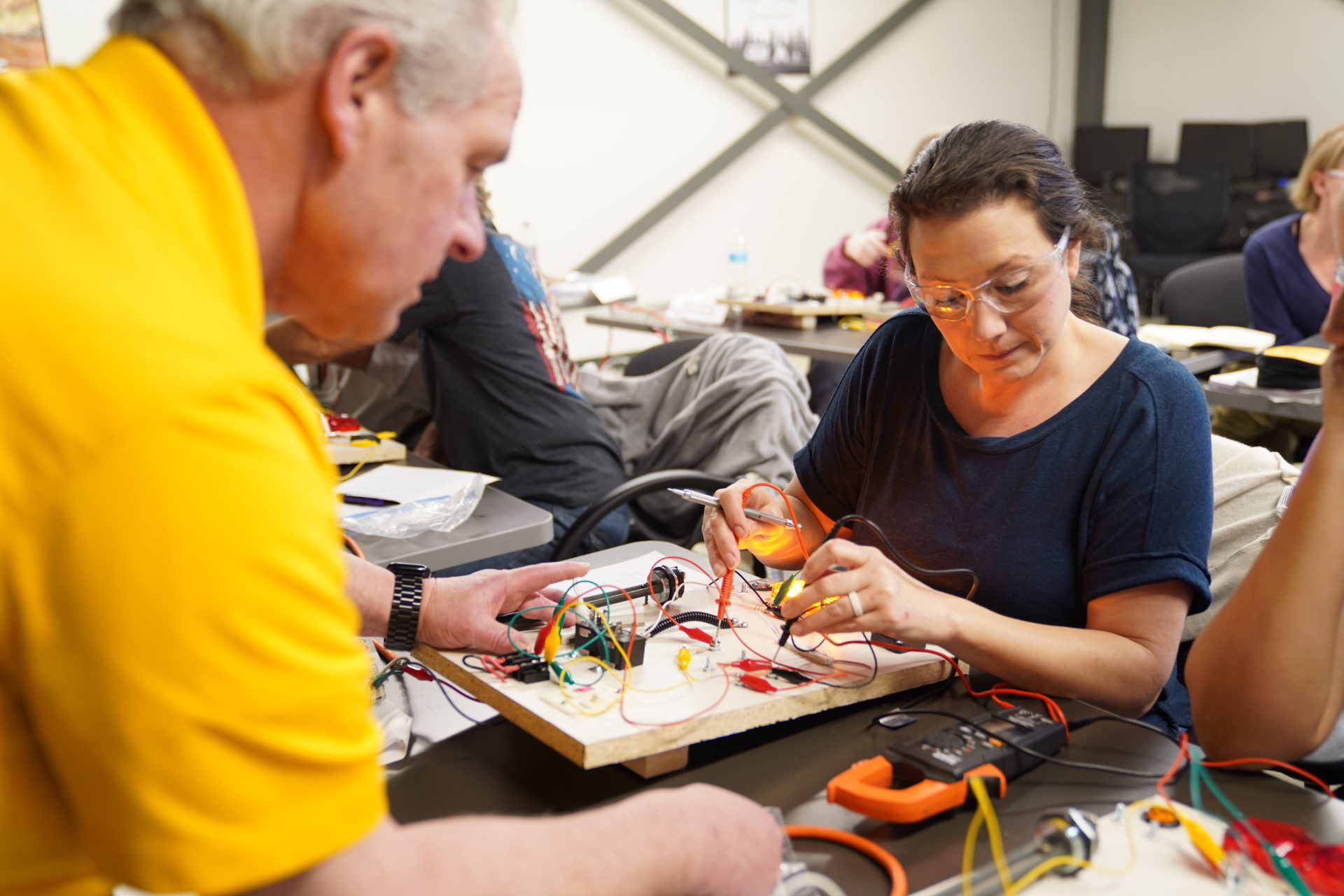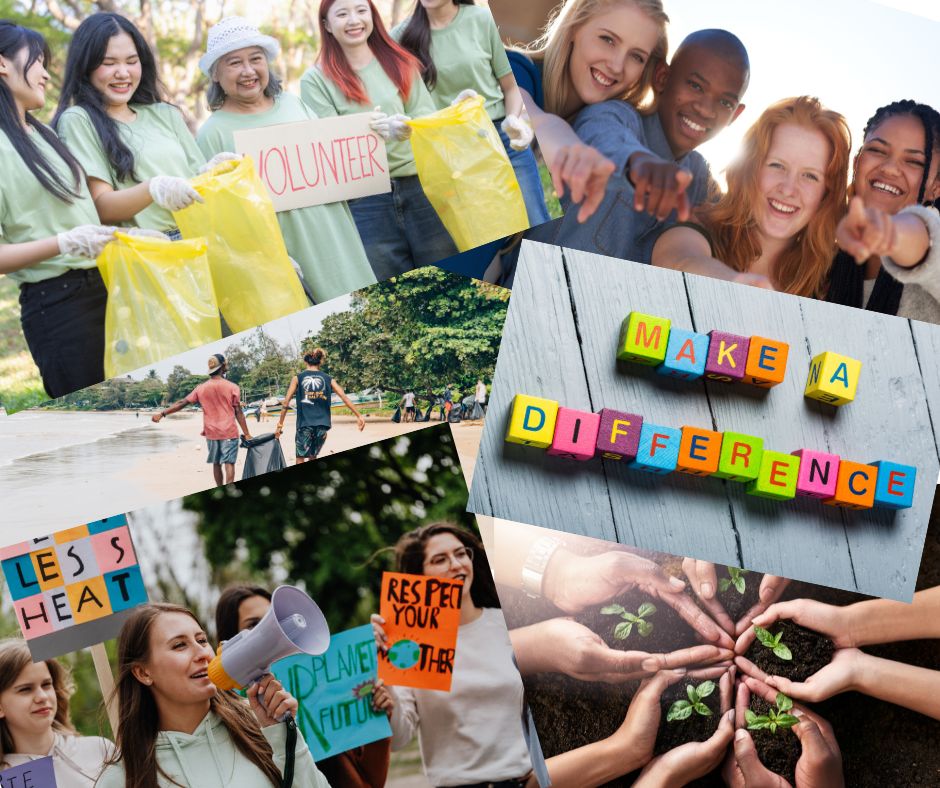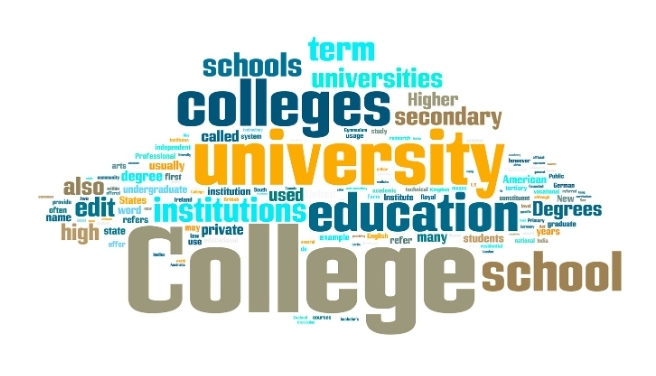
Recognizing Human Trafficking Signs in Schools
Posted by
According to Exodus Cry’s research on domestic trafficking, over 300,000 minors are currently involved in sex trafficking in the United States. Traffickers often control minors, forcing them to perform sexual acts 5-10 times a day.
Contrary to popular depictions like in the movie "Taken," which shows kidnapped victims chained in basements, trafficking usually involves more subtle forms of manipulation and coercion. It can affect anyone, including popular kids, shy students, or someone sitting next to you in math class. It can even happen to you.
What’s most insidious? Trafficking victims may not always appear distressed or seek help openly. This blog shares some of the common signs of trafficking. Communities, including schools, must remain aware and vigilant, which is crucial to identifying and supporting victims of trafficking.
Understanding the reality of trafficking
Human trafficking is a $150-billion industry annually. It occurs throughout the world, and the United States has become a thriving marketplace for traffickers to coerce young people into this horrible reality. While some socioeconomic factors (poverty, domestic abuse, mental health issues, marginalized communities, etc.) may influence traffickers to seek certain kids and teens, it can happen to anyone.
Minors looking for love, understanding, and attention can find it in dangerous places. A ‘new’ older boyfriend who buys her presents, or a new ‘cool’ girl- who just started at their school and knows all the best parties. Sometimes, a family member or friend, teacher, or coach does the unthinkable and steals someone’s freedom.
Research shows that two critical factors contribute to the prevalence of human trafficking cases involving youth:
- Lack of Awareness: Many teenagers lack awareness about the risks associated with online interactions with strangers and the dangers of attending events where alcohol and drugs are present. This ignorance leaves them susceptible to exploitation and trafficking.
- Vulnerability of Youth: Teenagers are inherently vulnerable, often due to their socioeconomic circumstances. However, their quest for acceptance, attention, and affection frequently leads them to environments posing serious risks.
These factors underscore the urgent need for delivering comprehensive education and awareness campaigns about human trafficking prevention to the teenagers most vulnerable to exploitation.
Signs of potential trafficking
If you notice any of these signs in your friends, schoolmates, or children, take them seriously and take appropriate action:
- Unexplained school absences: Explore the reasons behind frequent absences from school or other activities.
- The presence of a new and older 'boyfriend' or 'girlfriend': Relationships with significantly older individuals could indicate a red flag. Don’t be afraid to ask probing questions about this relationship.
- Behavior changes: Watch for sudden changes such as increased withdrawal, paranoia, or easy startlement. These behaviors may indicate underlying distress.
- Asking permission for everyday tasks: If your teen seeks excessive permission for basic activities like using the bathroom or eating, this new behavior can indicate control by someone else.
- Coached and rehearsed answers: Be aware of responses that feel rehearsed or overly controlled, which could suggest manipulation.
- Physical marks on the body: Look for unexplained bruises, scars, or scratches that could indicate physical abuse.
- Branding or tattoos: Check for unusual tattoos or markings, which traffickers often use to mark their victims.
- Sudden possession of 'wealth': If they suddenly have large amounts of cash, expensive items, or hotel keys without a clear explanation, ask questions. Not sure how to approach this conversation? Reach out to their school’s guidance counselor.
- Multiple phones and social media accounts: Secretive behavior around phones or social media accounts may indicate hidden communications.
- Excessive makeup or a 'new persona': If they suddenly wear excessive makeup or dress inappropriately for their age or the situation — a strategy for concealing marks or a possible coping mechanism.
- Wearing exposing clothing: If they wear clothing inappropriate for the weather or situation, it may signal control or manipulation.
- Sudden poor health: Monitor for signs of deteriorating health, like weight loss or gain, which could indicate physical or mental distress.
- Unusual sexual terminology or behavior: Using inappropriate sexual language or referring to themselves age-inappropriately may signal grooming or exploitation.
If you observe any of these signs, approach the situation with care and seek help from professionals trained to handle cases of trafficking and exploitation. Taking swift action can make a significant difference in ensuring a teen’s safety and well-being.
If you suspect human trafficking at school, do this next.
First, check if your school has a protocol for addressing suspicions of human trafficking. Tell someone in authority about your concerns. Because identifying human trafficking victims, especially minors, presents a challenge, communities must remain vigilant, observe closely, and speak up. It’s better to err on the side of overreaction than not.
Call the right numbers
- In the case of an immediate emergency, call your local police department.
- Report suspected trafficking crimes to the National Human Trafficking Hotline: 1-888-373-7888.
- Report sexually abused or exploited minors to the National Center for Missing and Exploited Children: 1-800-THE-LOST.
DO NOT try to confront the suspected trafficker yourself or contact the victim’s family if you suspect family members. Always call first to the authorities, who are trained for these situations.
Be supportive
Harvard University highlights that the most significant factor contributing to children's success is having a stable and supportive relationship with a parent, caregiver, or other trusted adult. The kids in your life will never tire of hearing how important they are to you. Remind them you are always available to listen and help if they need support.
When you nurture a positive and open relationship, children are more likely to feel comfortable approaching you if they find themselves in abusive situations. Your role as a supportive adult can provide them with the safety and encouragement to navigate challenges and seek help without judgment.
Blog Categories
- Career Advice
- College Admissions
- Colleges & Universities
- Financial Aid and Scholarships
- For Counselors
- For Parents
- For Students
- Gap Years
- Mental Health and Wellness
- Online Learning
- Performing and Visual Arts
- STEM Majors and More
- Summer Programs
- Teen Volunteering
- Trade & Vocational Schools
- Tutoring & Test Prep

Organization with listings on TeenLife? Login here
Register for Free
We’re here to help you find your best-fit teen-centered academic and enrichment opportunities.
Forgot Password
"*" indicates required fields







